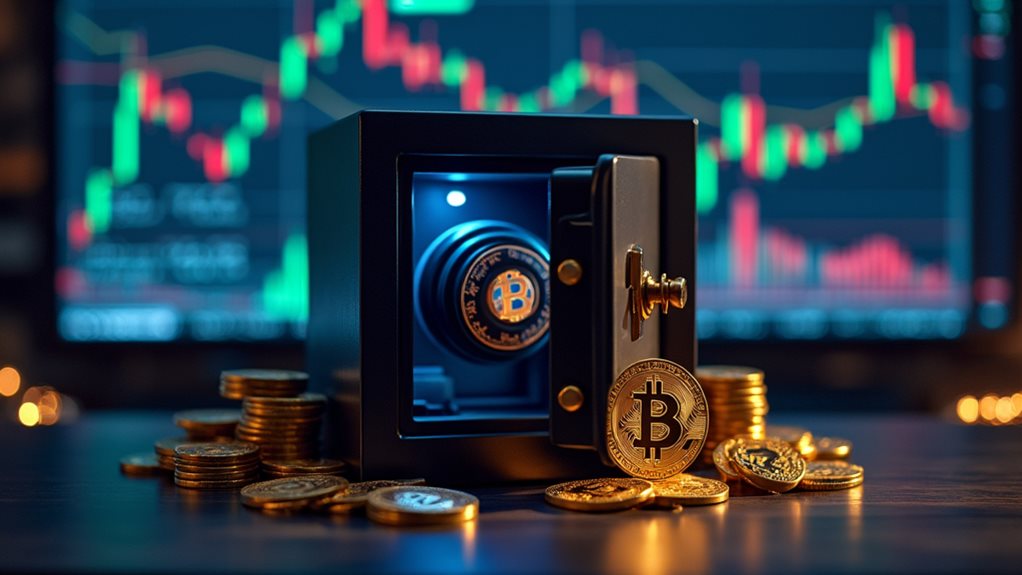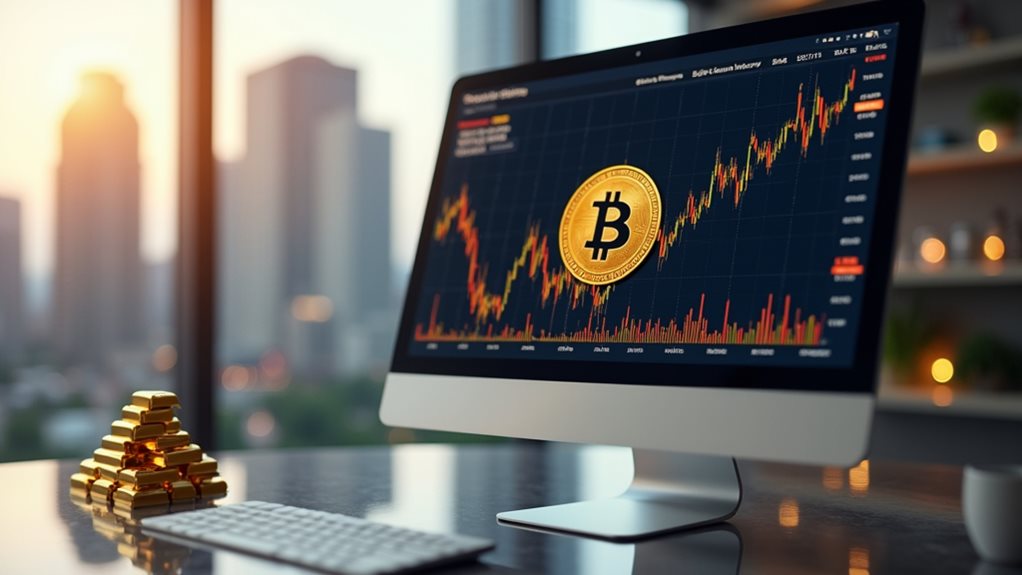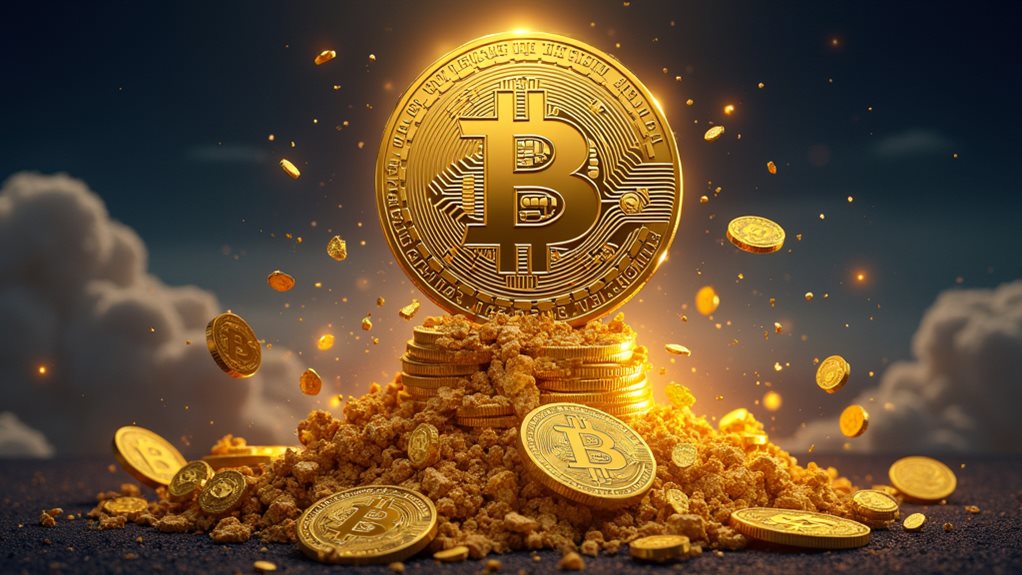Bitcoin's perfect storm has arrived. Major institutions are piling in, spot ETFs are live, and regulatory clouds are clearing. The math is simple: fixed supply meets surging institutional demand. Traditional finance giants who once mocked crypto are now its biggest cheerleaders. With inflation concerns mounting and monetary policies shifting, Bitcoin's appeal as digital gold keeps growing. The market's evolution from experimental tech to mainstream asset class signals deeper transformations ahead.

While skeptics continue to dismiss cryptocurrency as a passing fad, Bitcoin's meteoric rise from digital experiment to mainstream asset class tells a different story. The game has changed dramatically, with major institutions now diving headfirst into the crypto pool. Gone are the days when Bitcoin was just for tech geeks and libertarian dreamers.
The current market landscape looks particularly intriguing. Spot ETFs have finally arrived, bridging the gap between traditional finance and crypto. It's like watching your rebellious teenage cousin finally get invited to the grown-ups' table. The high liquidity levels make it easier than ever to buy and sell Bitcoin. Spot ETF investments provide secure cold storage of actual Bitcoin, offering direct price tracking for investors.
And speaking of timing, the monetary environment couldn't be more favorable. Easy money policies are flooding the system with liquidity, and guess where some of that cash might flow? With Paul Atkins set to replace Gary Gensler as SEC chairman, the regulatory landscape appears increasingly crypto-friendly.
Bitcoin's fundamentals remain compelling. Its fixed supply of 21 million coins stands in stark contrast to endlessly printed fiat currencies. That scarcity factor isn't just a talking point – it's mathematical certainty. Plus, the network's decentralized nature means no government can simply decide to shut it down or control it. Try doing that with your bank account.
Unlike infinitely printable fiat money, Bitcoin's fixed 21 million supply and decentralized nature make it immune to government control and manipulation.
Market sentiment has shifted dramatically. Institutional investors, once Bitcoin's harshest critics, are now its biggest champions. The volatility that used to scare away traditional investors? Now it's viewed as an opportunity for substantial returns – assuming you can stomach the roller coaster ride.
Looking ahead, projections for Bitcoin's price range from conservative estimates of $200,000 to eye-popping predictions exceeding $1 million. Sure, these numbers might sound absurd, but remember when $50,000 seemed impossible? Historical bull market cycles suggest significant upside potential, though past performance doesn't guarantee future results.
The convergence of institutional adoption, regulatory clarity, and macroeconomic factors has created an unprecedented moment for Bitcoin. Global economic uncertainties and persistent inflation concerns only strengthen its appeal as a potential store of value.
The technology continues to evolve, the infrastructure keeps improving, and mainstream acceptance grows daily. Who's laughing at the crypto nerds now?









